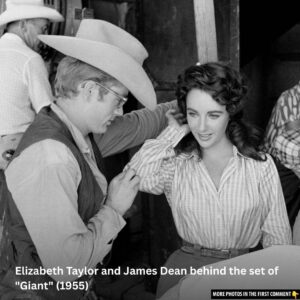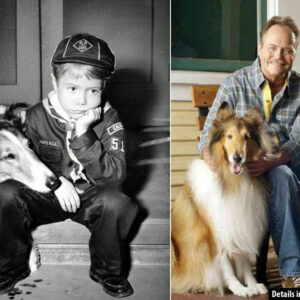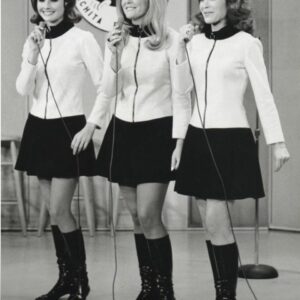Released in 1946, It’s a Wonderful Life was initially met with mixed reviews and disappointing box office results. But over time, it grew to become a holiday classic, woven into the fabric of Christmas traditions worldwide. Directed by Frank Capra and based on the story “The Greatest Gift” by Philip Van Doren Stern, this film captured the essence of selflessness, community, and the beauty of human connection. Though its early years were marked by struggle, the film’s legacy continues to be celebrated each holiday season. Today, we look beyond the screen to the behind-the-scenes magic that made this beloved film a timeless treasure.
Setting the Stage: The Making of Bedford Falls
One of the most captivating aspects of It’s a Wonderful Life is its setting, Bedford Falls. This charming, idyllic town was brought to life on a 4-acre set at the RKO Radio Pictures Studios and the sprawling RKO movie ranch in Encino, California. The set included a main street that stretched 300 yards and featured 75 buildings, stores, and homes, creating a fully realized community. Frank Capra’s vision of Bedford Falls was not just a film backdrop; it was meant to feel like a real, lived-in town.
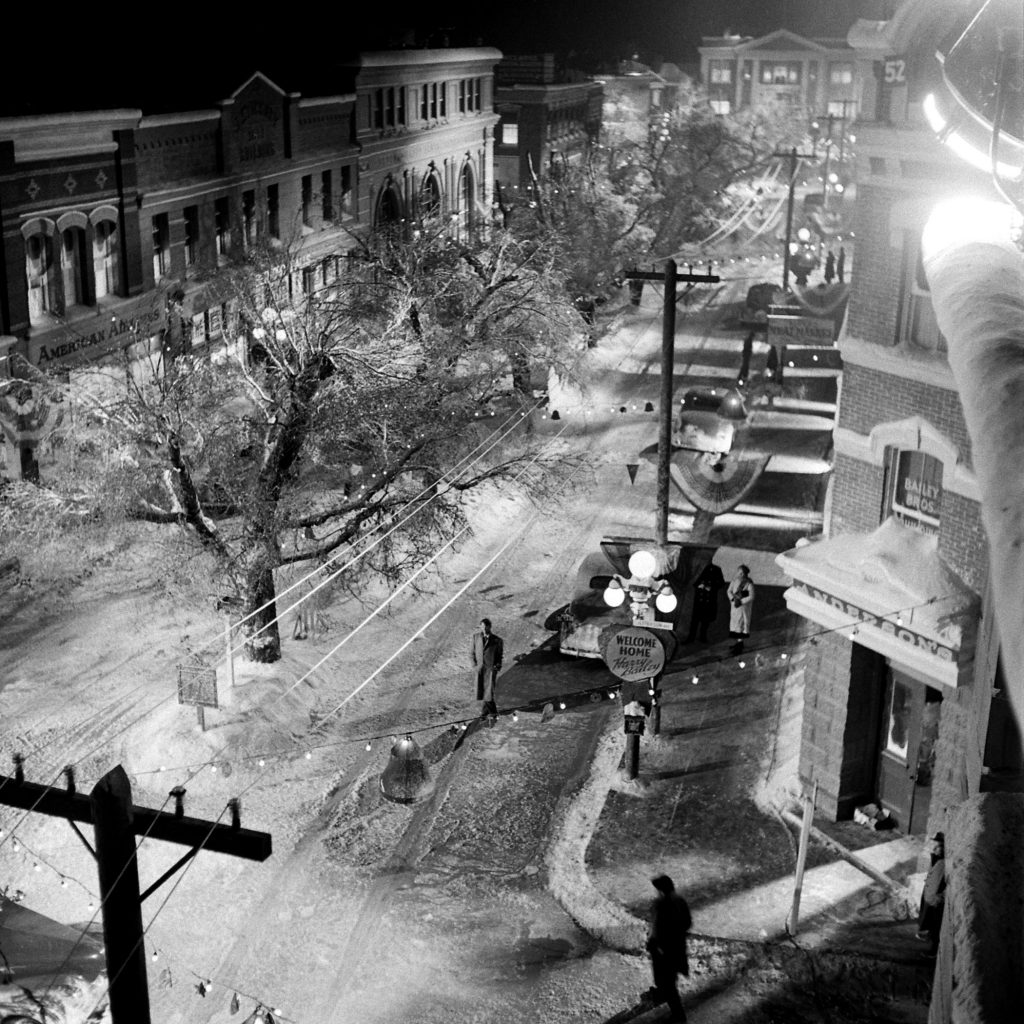
The set was so detailed that Capra had 20 full-grown oak trees planted along a tree-lined parkway, ensuring that the town felt as organic as possible. Pigeons, cats, and dogs were even allowed to roam freely, adding authenticity to the environment. Despite the scale of the set, it was adaptable, catering to the film’s need for different seasons and weather conditions. The dedication to realism made Bedford Falls feel as much a character in the film as any of the human actors.
Video
Watch the video for 10 behind-the-scenes facts about It’s A Wonderful Life.
Crafting the Magic: The Creation of “Chemical Snow”
Filming It’s a Wonderful Life during the summer of 1946 posed a unique challenge: how to convincingly create a winter wonderland. To achieve the snow-covered streets that would define many of the film’s pivotal moments, special effects expert Russell Shearman developed a groundbreaking solution. Instead of using the loud, impractical cornflakes typically used for movie snow, Shearman created a new compound made of water, soap flakes, foamite, and sugar, resulting in “chemical snow” that was quieter and looked more natural.
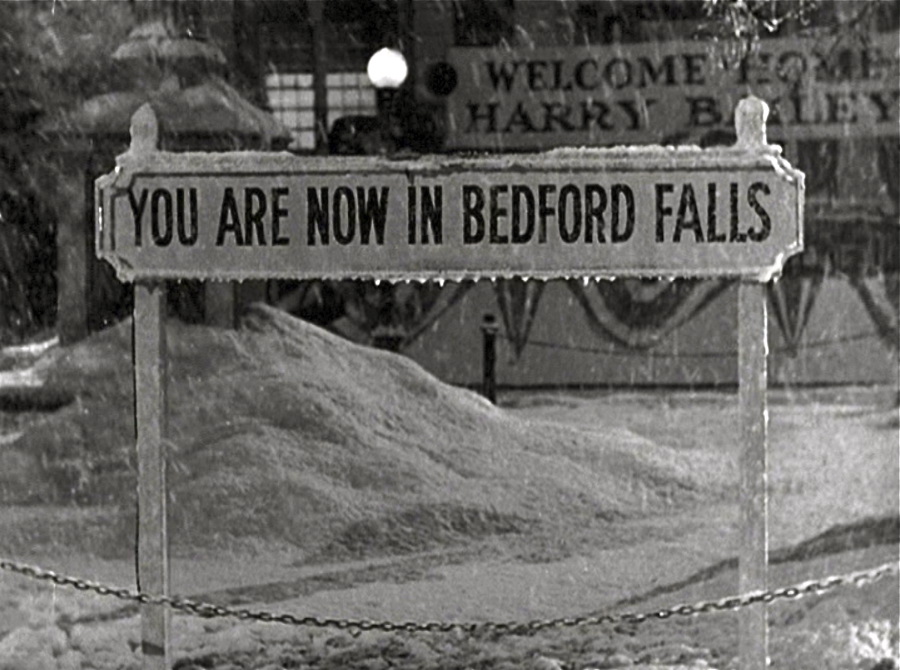
This innovation was essential to creating the wintery atmosphere of Bedford Falls, and it marked a turning point in movie-making technology for snow effects. The creative minds behind It’s a Wonderful Life continually pushed boundaries to make the film feel as magical and authentic as possible, even in the face of sweltering California heat.
The Emotional Toll: James Stewart’s Raw Performance
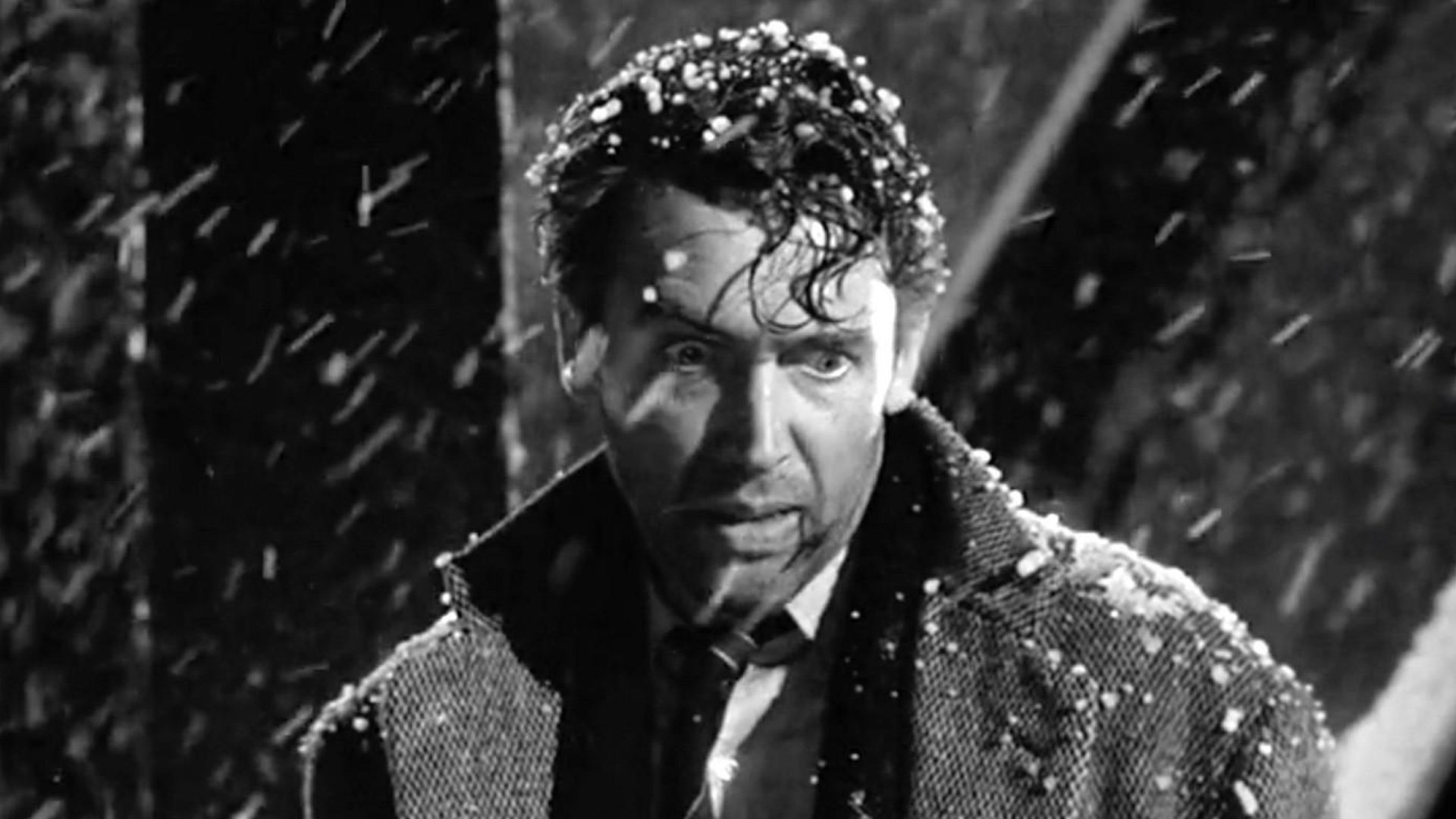
James Stewart’s portrayal of George Bailey remains one of the most iconic performances in cinematic history. But what many may not realize is that Stewart was deeply affected by his experiences in World War II. Having served as a bomber pilot, Stewart returned to acting after the war with emotional scars that influenced his performance. His raw portrayal of George’s emotional breakdown—particularly in scenes like the infamous moment in Martini’s bar—was not just acting; it was a reflection of Stewart’s own struggles.
Stewart’s performance was deeply personal. His portrayal of George as a man overwhelmed by life’s pressures and doubts resonated with audiences on a profound level. His vulnerability and the real emotions he channeled into the role gave the character a depth that remains timeless. It is said that Stewart’s personal experiences helped him convey George’s sense of helplessness and, ultimately, his redemption.
The Villain Behind the Wheelchair: Lionel Barrymore’s Mr. Potter
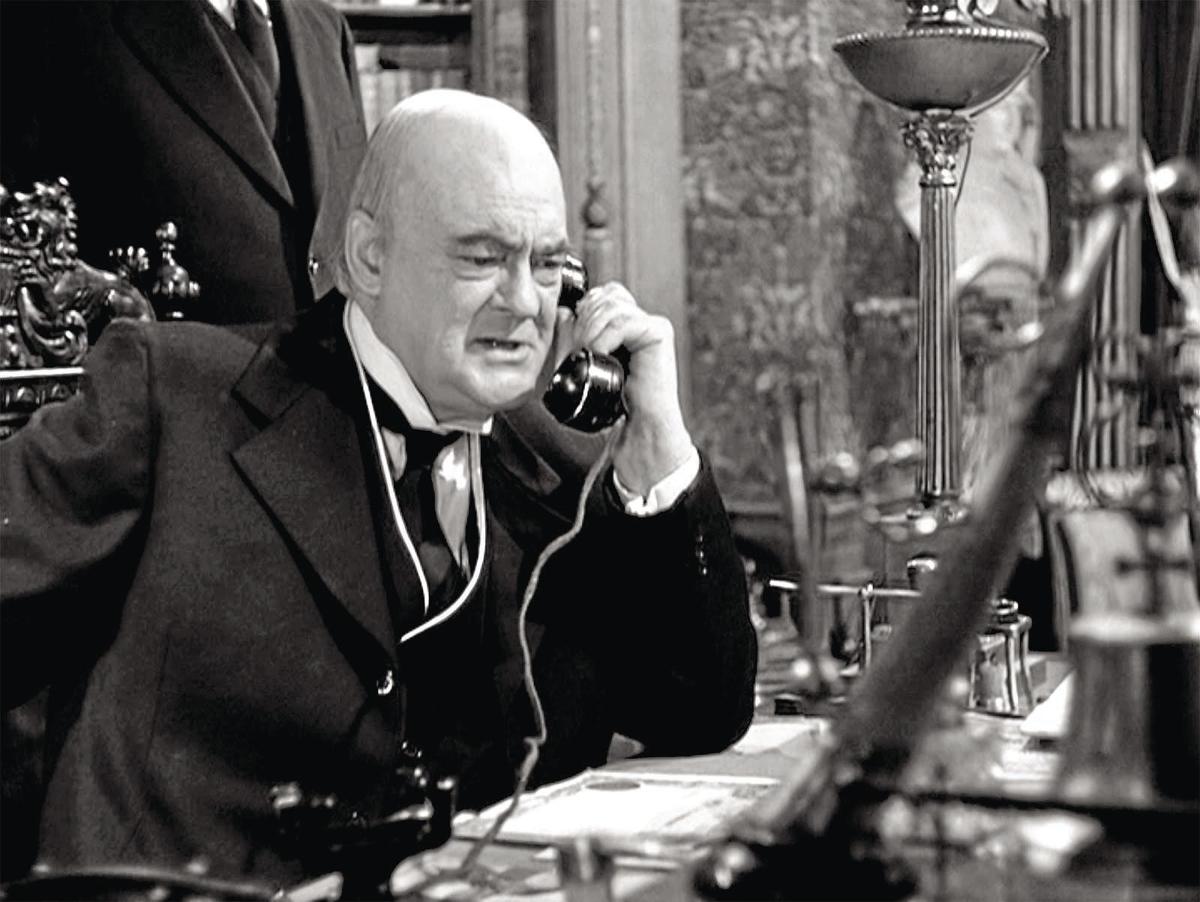
Lionel Barrymore’s portrayal of the villainous Mr. Potter, a greedy and heartless man determined to ruin George Bailey’s life, is another standout performance. What makes Barrymore’s portrayal even more remarkable is that he was dealing with real-life health issues while playing the role. At the time of filming, Barrymore suffered from severe arthritis and used a wheelchair. Despite his physical limitations, Barrymore’s performance was so convincing that audiences were often unaware of his personal struggles.
Barrymore’s ability to bring such malice and cunning to Mr. Potter’s character makes him one of the most memorable villains in film history. The actor’s dedication to his craft, despite his own challenges, shows the power of professionalism and artistry in cinema. His portrayal of Mr. Potter remains iconic to this day, cementing his place as one of the great actors of his time.
The Rock Throwing Moment: Donna Reed’s Own Stunt
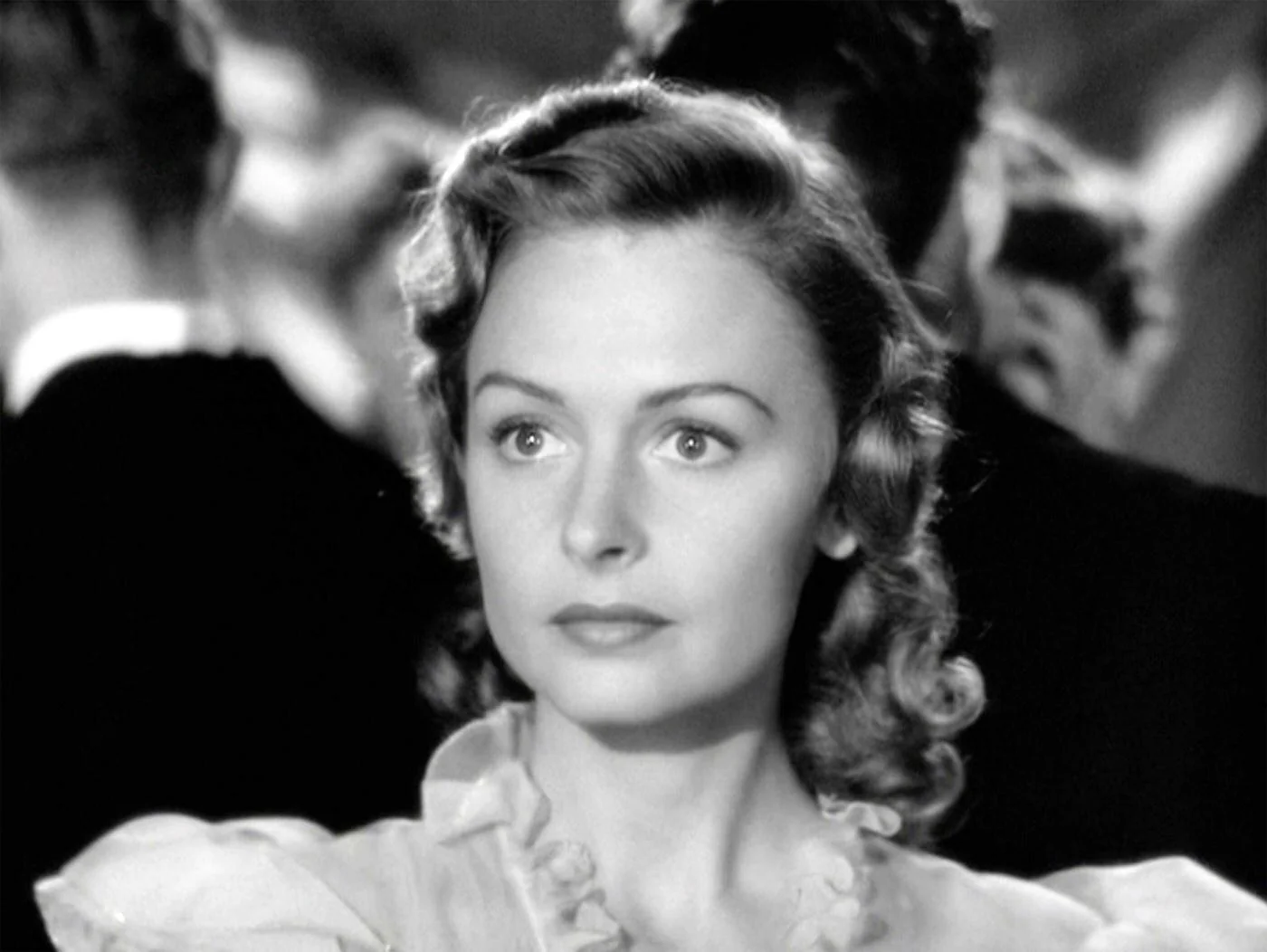
In one of the film’s memorable moments, Donna Reed’s character, Mary, throws a rock at an abandoned house, hitting the window on her first try. While this stunt was meant to be performed by a double, Reed insisted on doing it herself. Her insistence was rooted in her farm upbringing, where she was used to performing such tasks. This moment not only showcases Reed’s determination but also adds a layer of authenticity to her character.
Reed’s approach to her role in It’s a Wonderful Life was grounded in realism, and her willingness to perform her own stunts brought an added dimension to her performance. It’s a small but memorable moment that demonstrates the commitment and hands-on attitude of the cast and crew throughout the filming process.
Gallery: 30 Behind-the-Scenes Photos from the Making of It’s a Wonderful Life
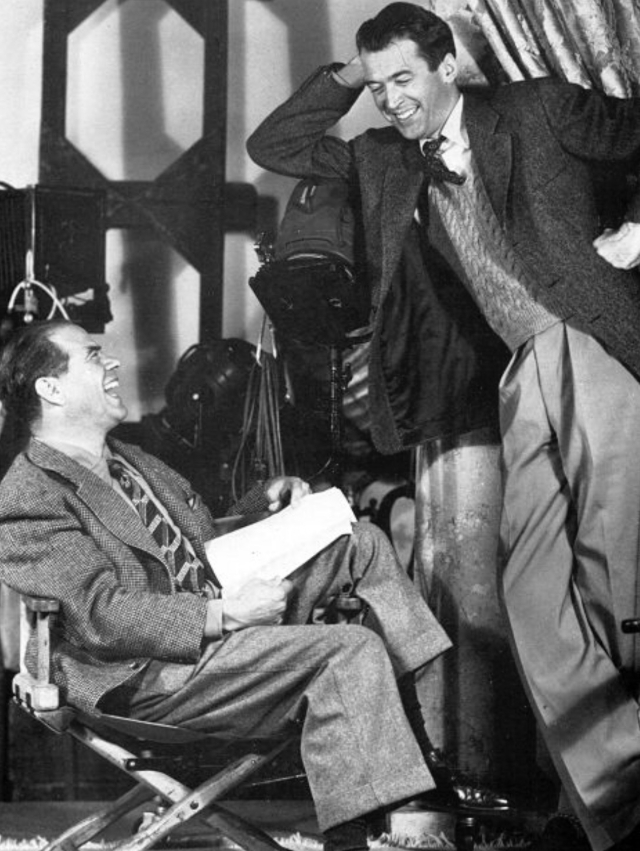
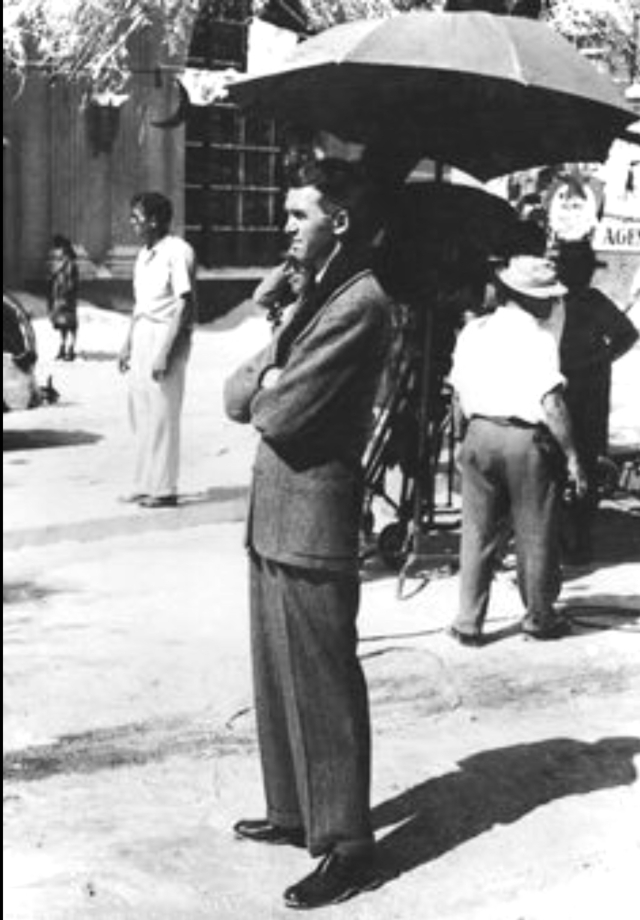
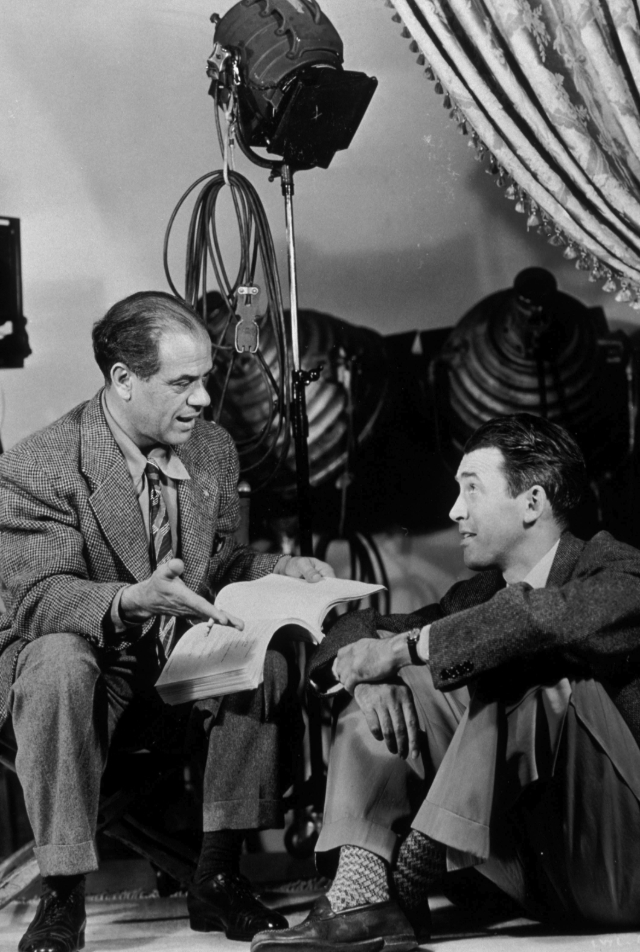
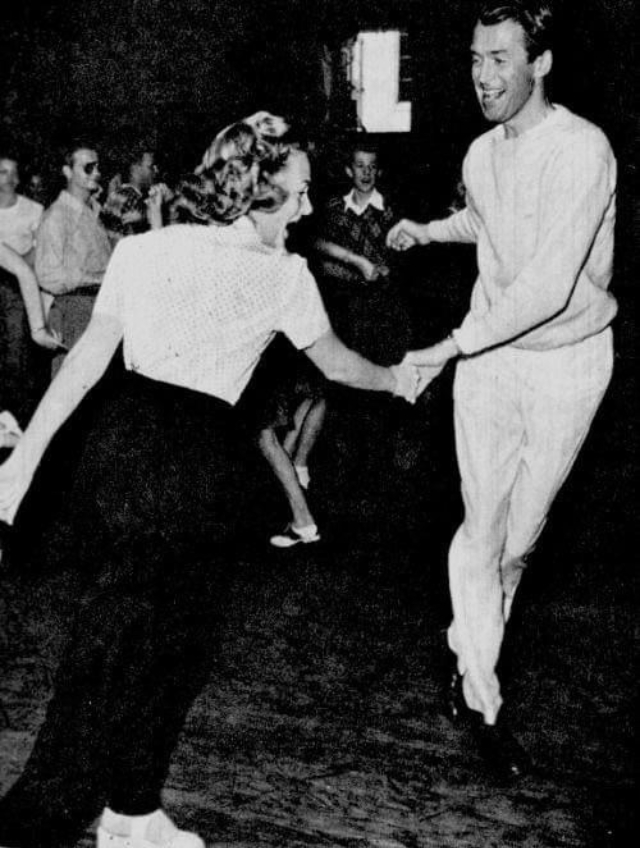
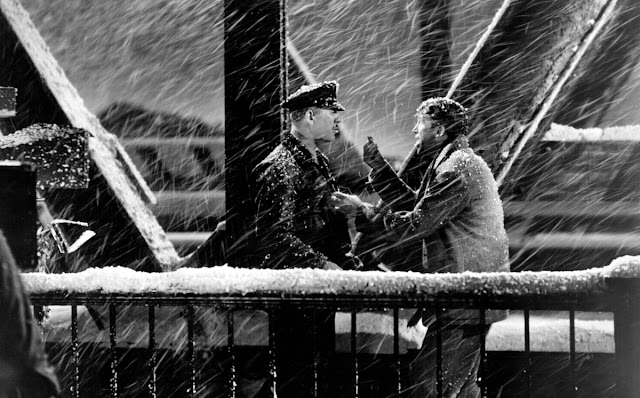
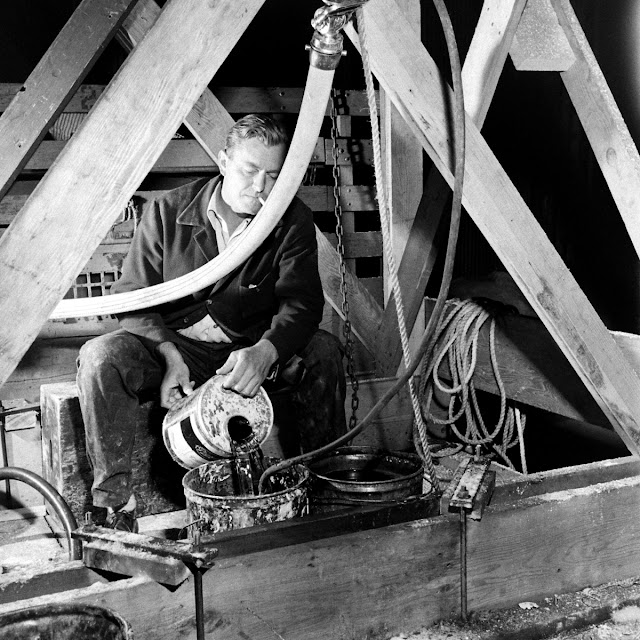
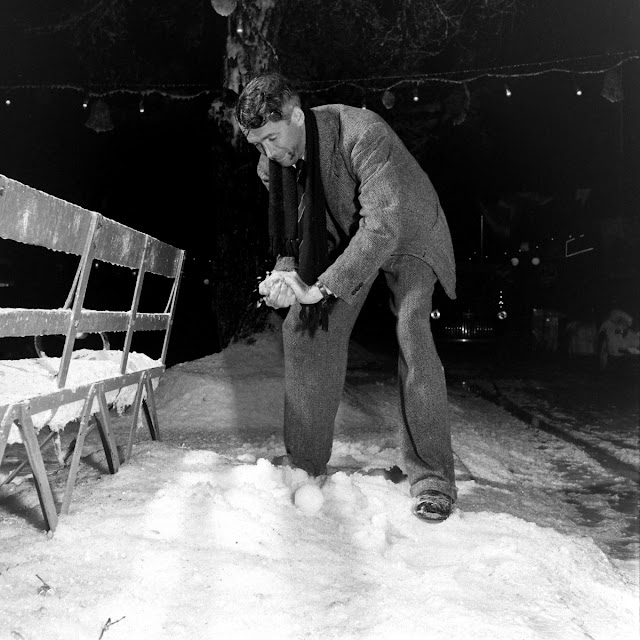
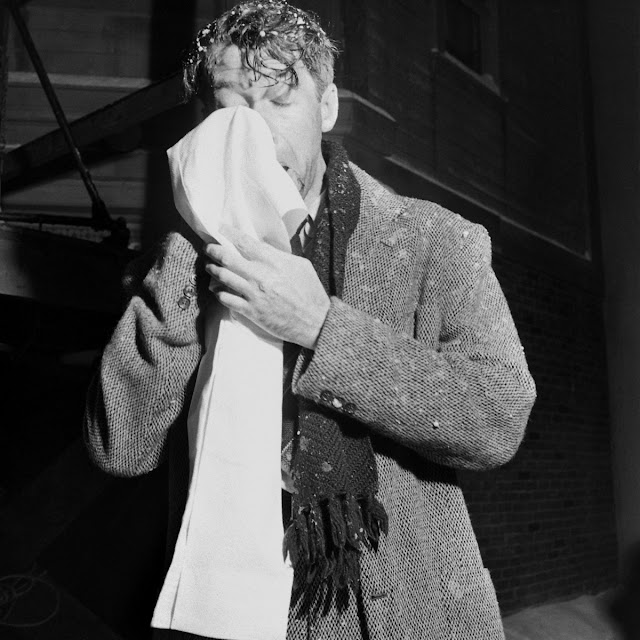
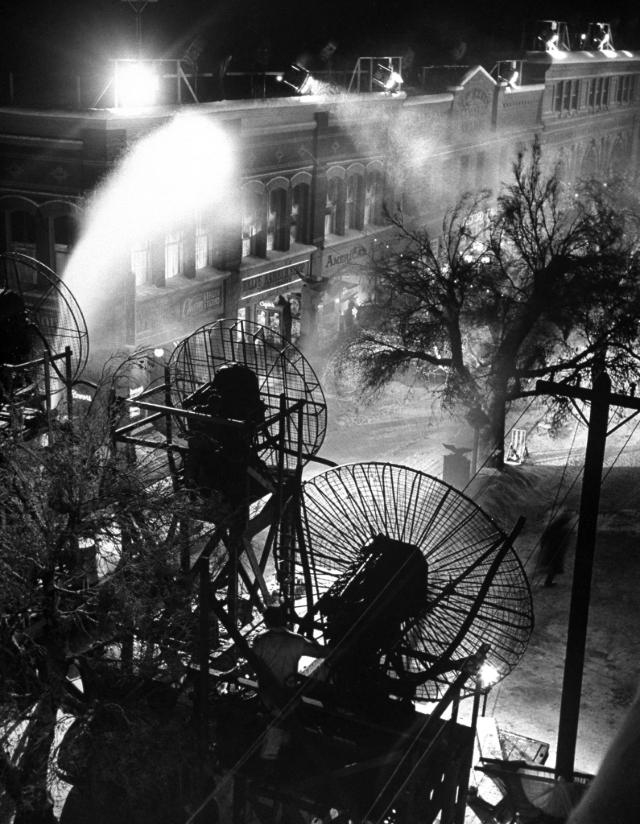
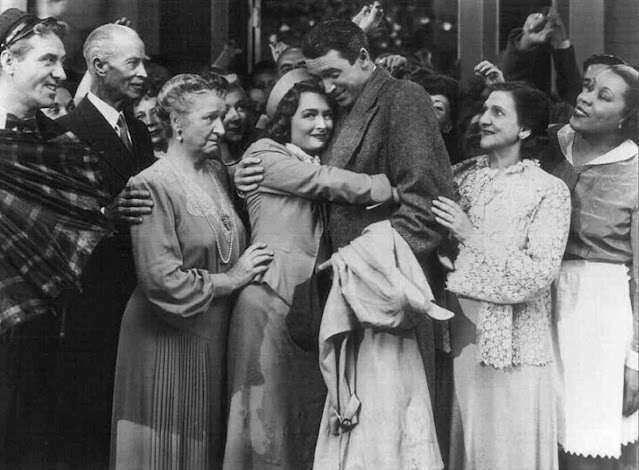

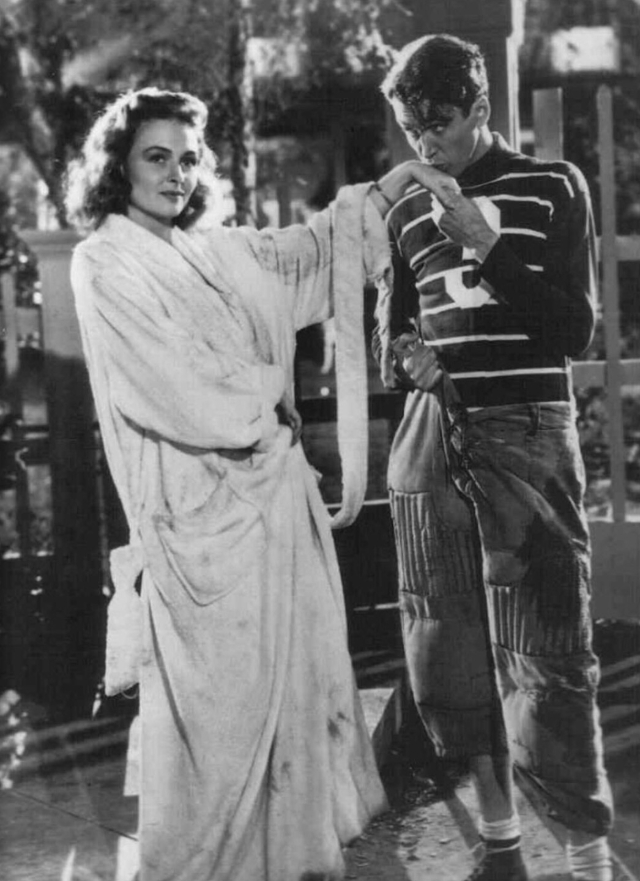

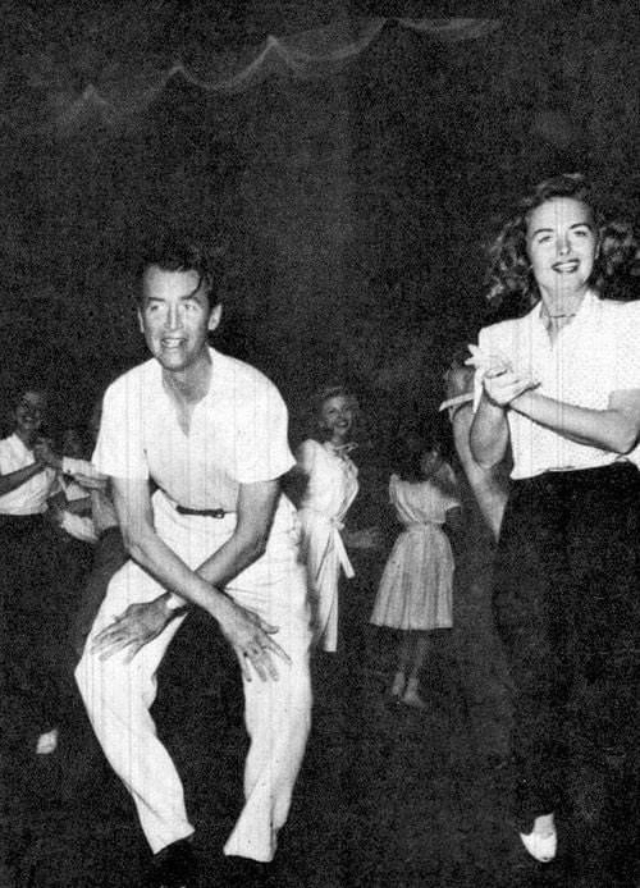
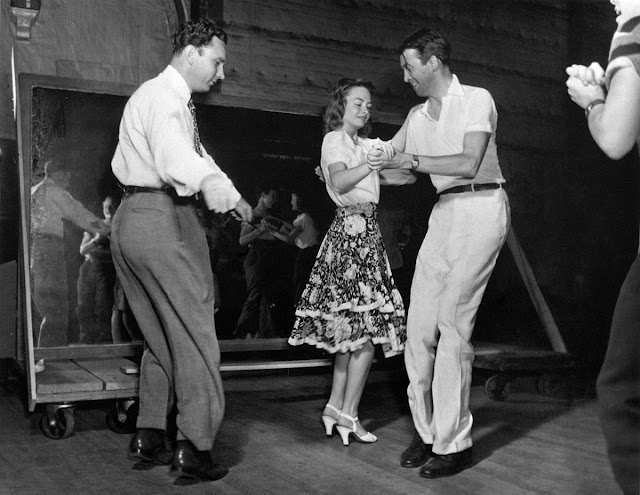
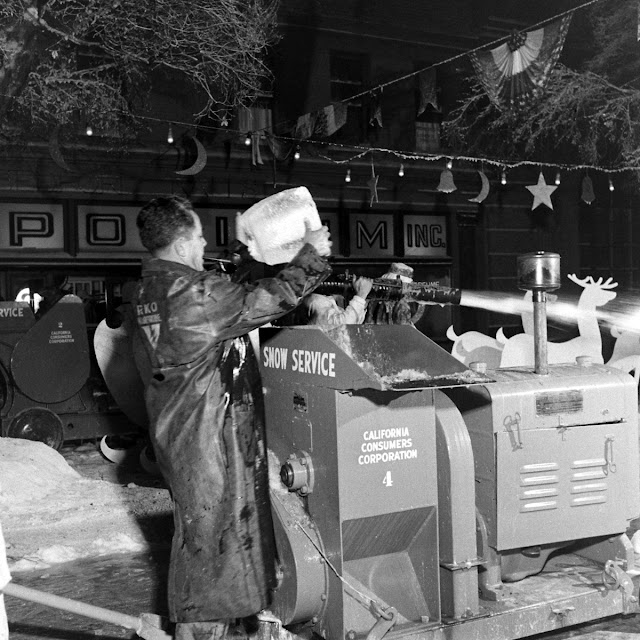
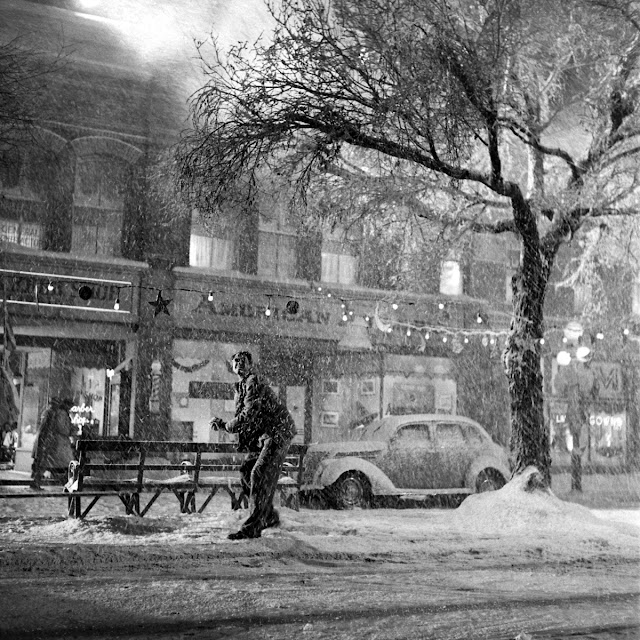
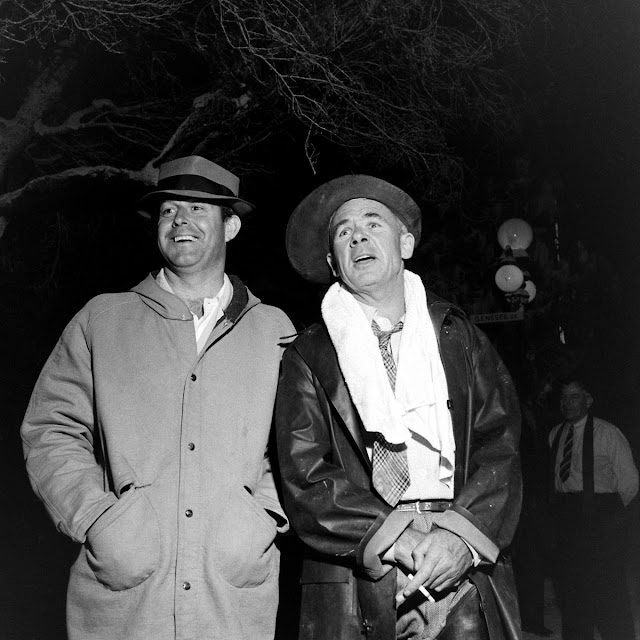
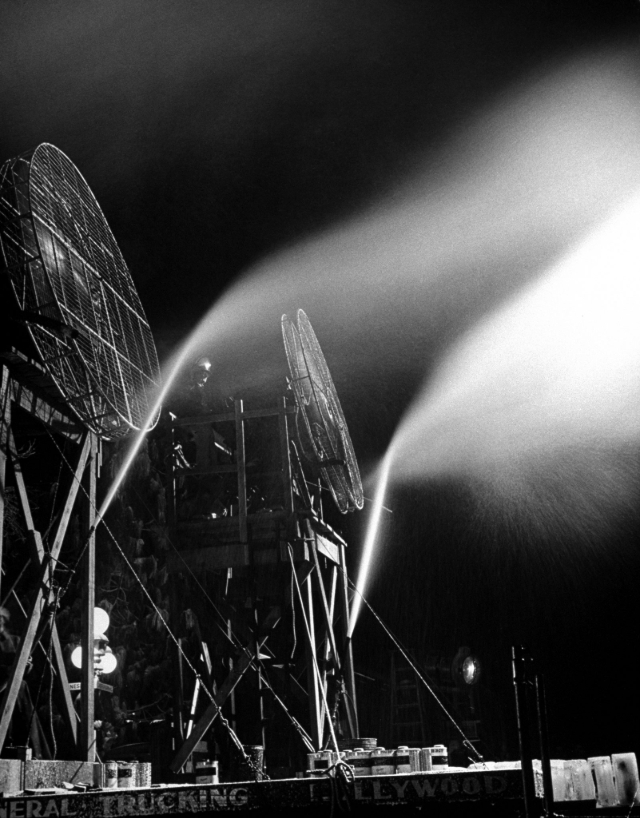
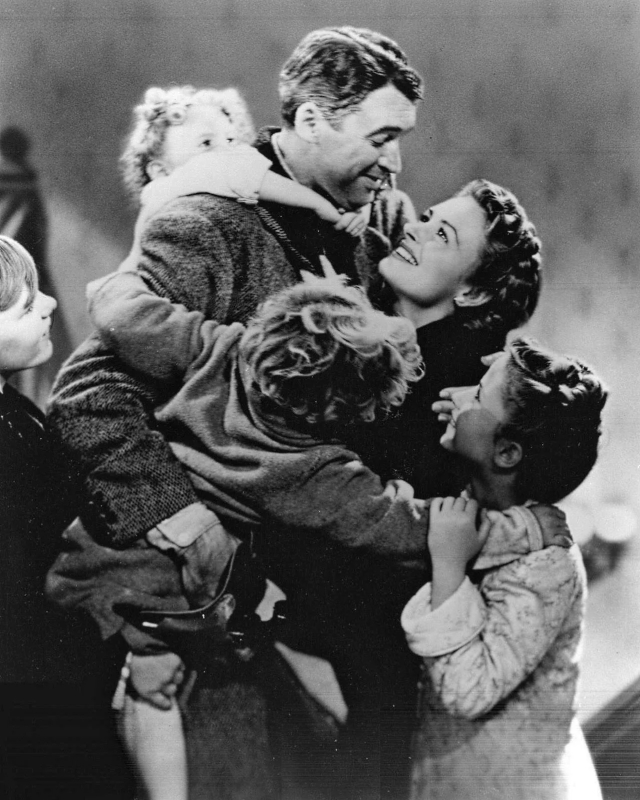
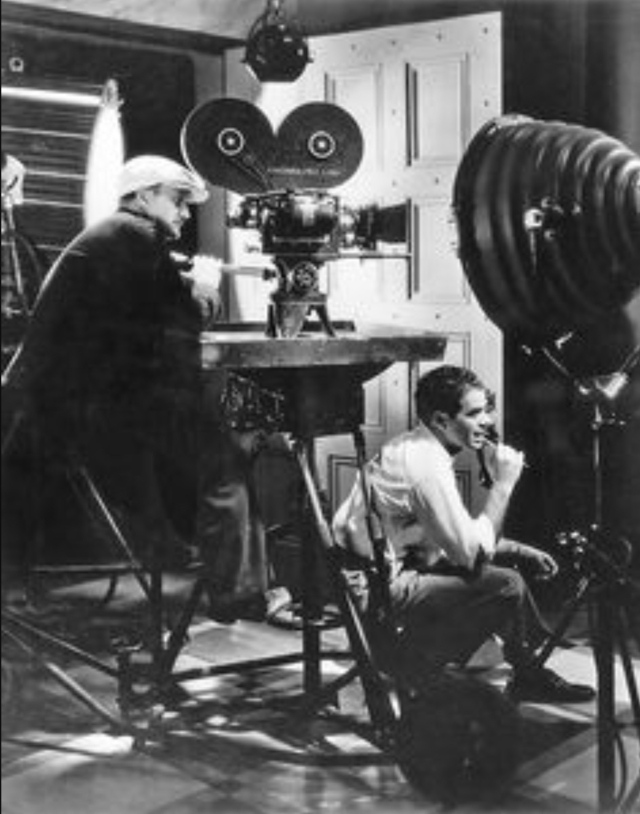
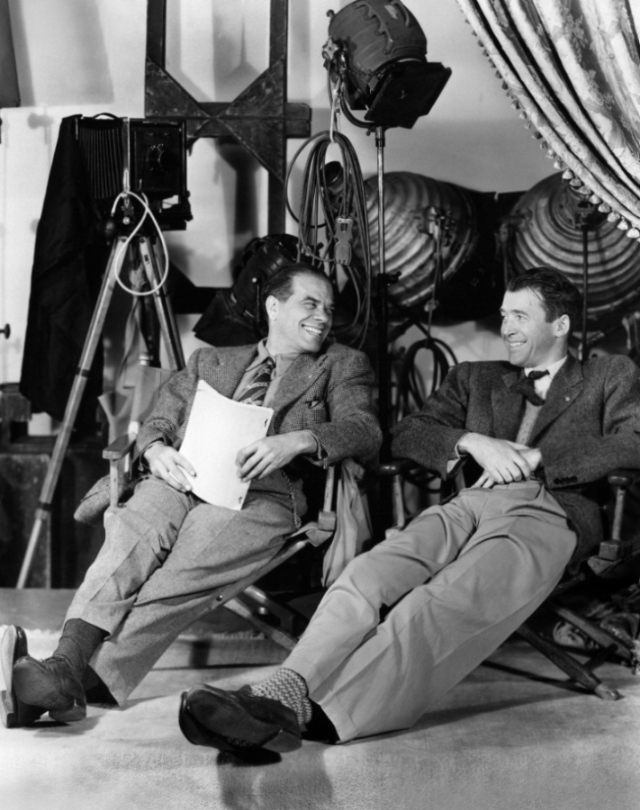
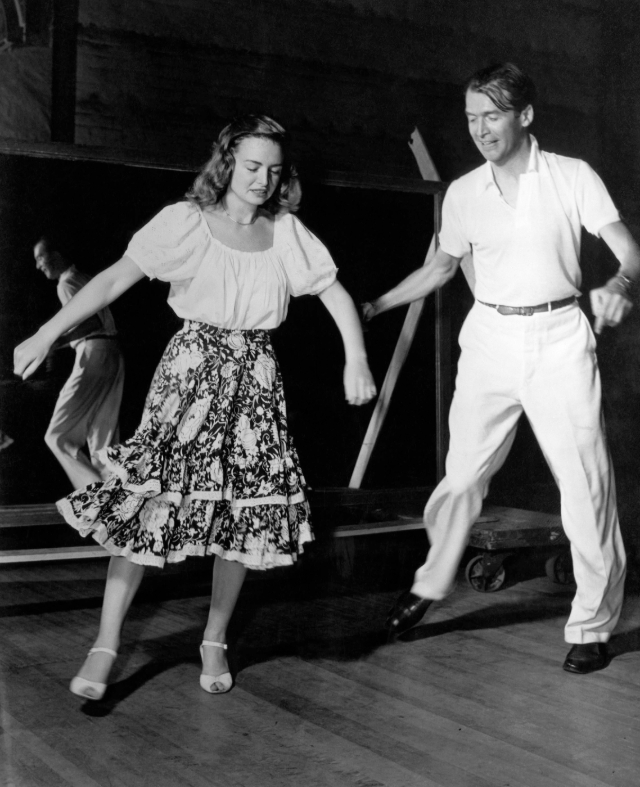
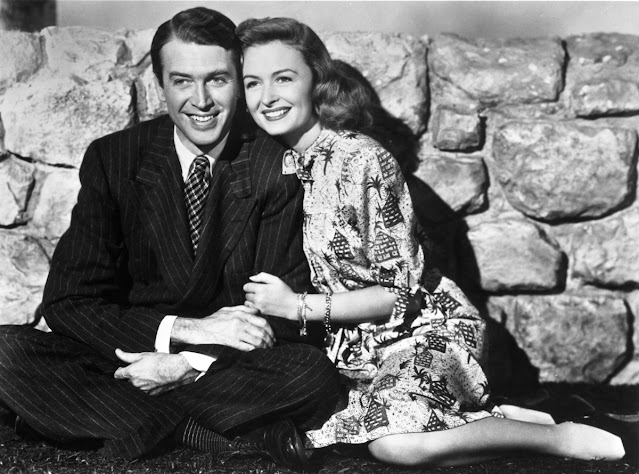
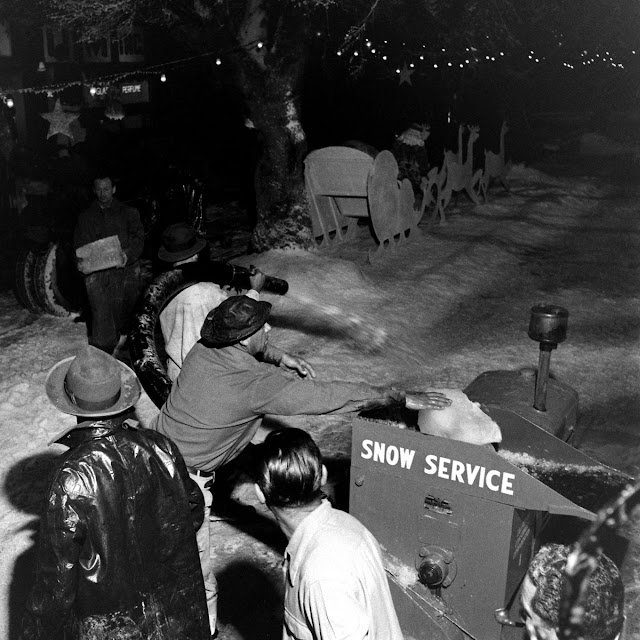
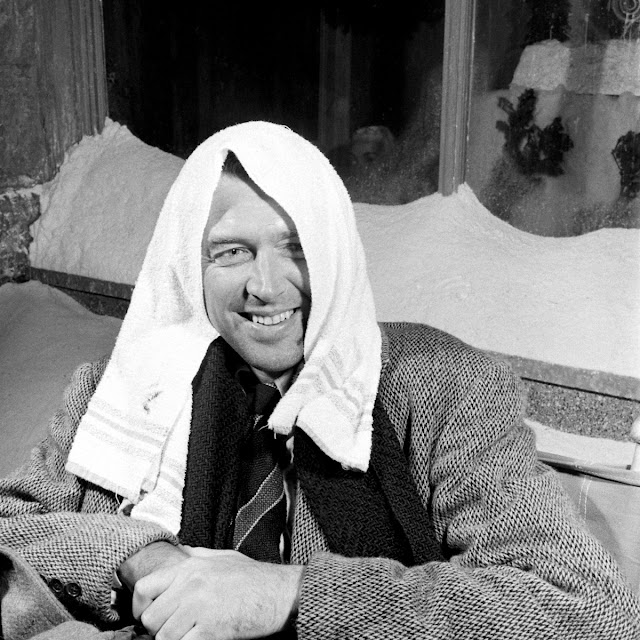
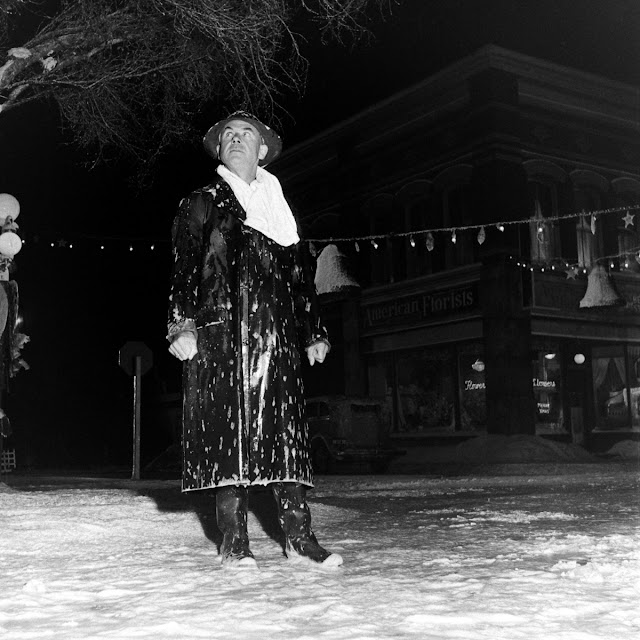
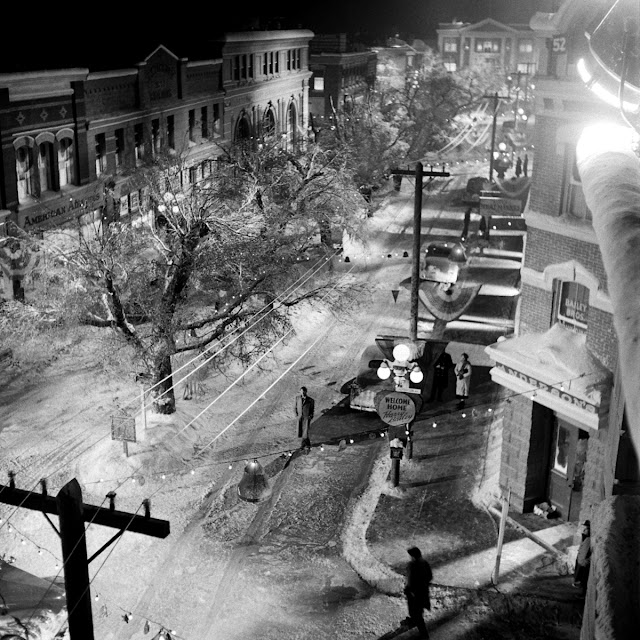
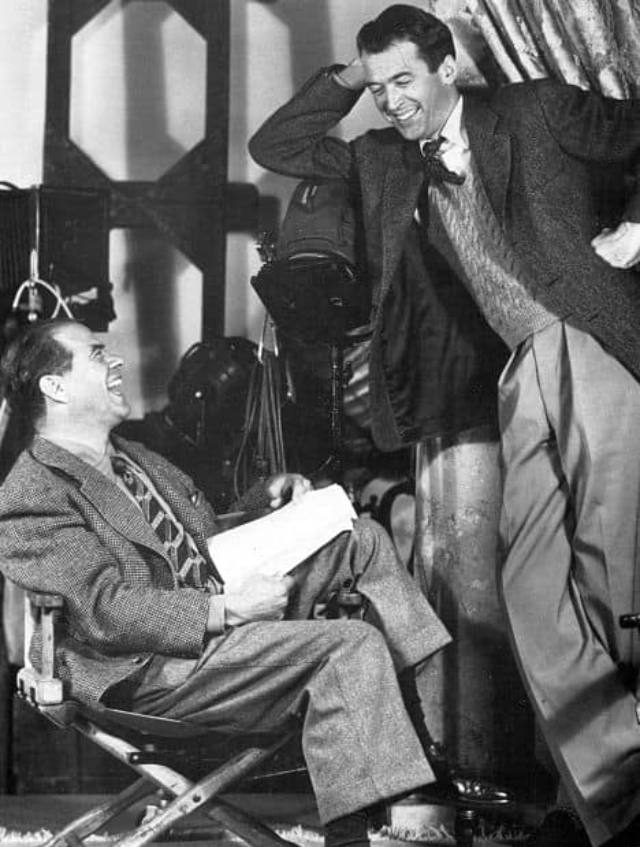
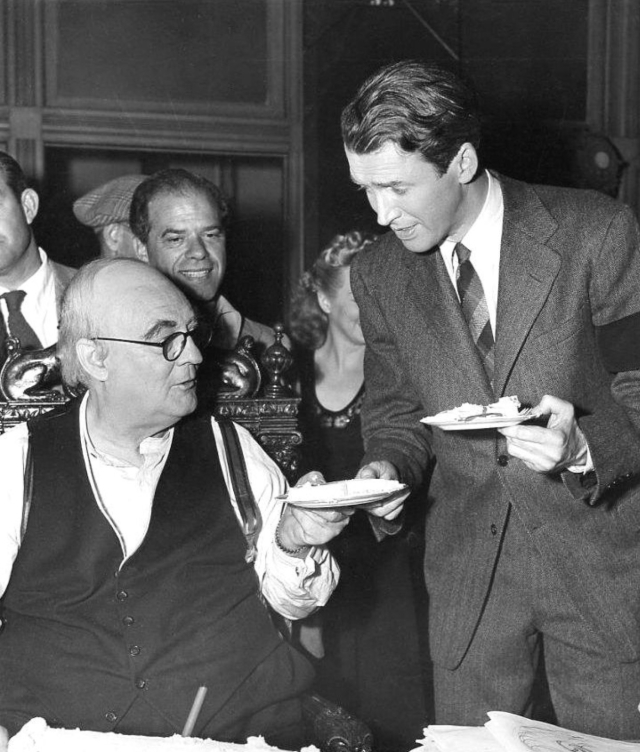
In this gallery, we take a step back and explore 30 stunning behind-the-scenes photos from the making of It’s a Wonderful Life. These images capture candid moments of the cast and crew, showcasing their dedication and hard work. From the set design of Bedford Falls to the cast interacting between takes, these photos offer a rare glimpse into the magic behind one of the most beloved films in history.
The photos highlight the real people who brought the story to life—the actors, the crew, and the designers who made it all happen. It’s a chance to see the human side of the filmmaking process and appreciate the collaborative effort that went into creating a cinematic masterpiece.
Video
Watch the video clip from It’s a Wonderful Life (1946) – “Lasso the Moon” in HD.
Conclusion: From Flop to Classic
Despite its initial commercial failure and mixed reviews, It’s a Wonderful Life has become a holiday staple, loved by generations. Its journey from being a box-office disappointment to a Christmas classic is a testament to the power of storytelling and the lasting impact of film. Today, the film continues to inspire and uplift viewers, offering a timeless message about the value of life, the importance of family, and the power of community.
Behind the scenes, the actors, crew, and filmmakers worked tirelessly to create the film’s iconic moments. The dedication to authenticity, the emotional depth of the performances, and the groundbreaking techniques used to make Bedford Falls come to life all contributed to the film’s eventual success. It’s a Wonderful Life remains one of the greatest films ever made, reminding us of the magic of Christmas and the impact one life can have on others.

